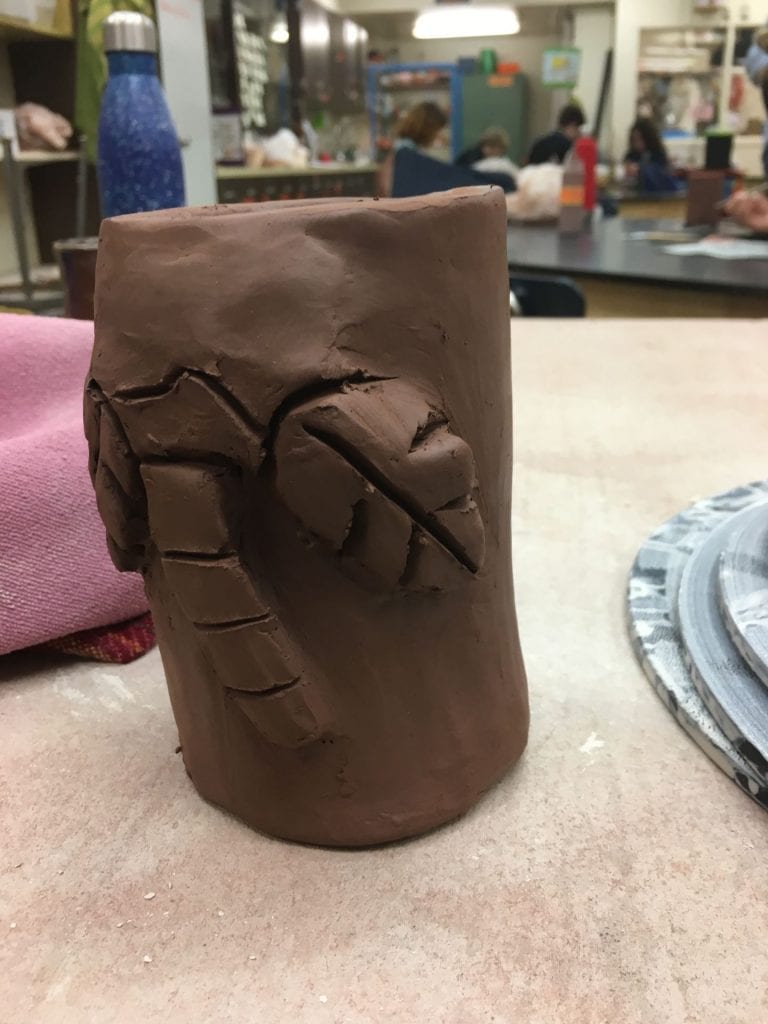Describe
This pot was made by Teressa Riney. It was made using the pinching method along with opening the dome, a process that involves creating an opening in the clay. The clay is curved to form a dome to a particular height. Then the clay is pressed down and out from the center (picture 3). From there, it involves making a smooth base. It was made using slip clay, or any clay that has moisture and can be mobile. The pot was embellished with a brown glaze along with a white, shiny glaze. Picture 1 shows the contrasting colors that gives the copper pot it’s color.
Analyze
The elements are organized to form a balanced presentation. For example, the dome method leads to the pot having a stable base, which is curved as you progress to the top of the pot (this can be seen in both picture 1 and 2). This gives the pot balance. The way the artist chose the colors creates an emphasis. The dark colors with the light colors gives a sense of unity. The different colors work together to give unity to the pot. The artwork also has equal proportion to add to the balance. It is evident that the artist spent significant time in making sure the sides around the pot are even and that one side was not bigger then the other. This is also seen at the formation of the lips of the pot. The lips of the pot are not made uneven. They are well formed so they are not uneven. The elements together form a unity to the artwork and forms a unique object.
Interpret
I would assume that the artist is communicating the message that opposites attract to form something great. When looking at the artwork, you are looking at brown copper with luster glaze. These are two completely different colors. However, when added together, they form a great embellishment. I would assume that the artist is also creating a pot using similarities. When looking at the mouth and base of the pot, one can see that they are the same size. This could be the artist’s way of showing similarities to create an object.
Evaluate
Overall, I would consider the artwork successful. The form of the artwork was well executed. It can be seen that the pot has been smoothed out to form a curve as the pot gets taller. It was smoothed out and given the appropriate amount of attention so that the curves of the pot are made so they are uneven. The design is also successful. The use of copper matte with luster glaze is used on the pot to get the two contrasting colors to form a harmonious embellishment. The artist connects a feeling of unity with all the pieces coming together with the use of contrasting colors, making the base and lips equal size, and creating a smooth curve for the pot.
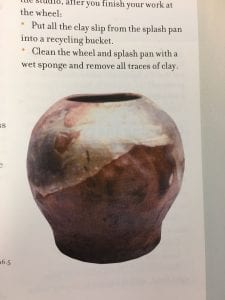
Picture 1 is Teressa Riney’s pot. It is made with copper mette with luster glaze. The pot’s mouth and base it the same size and it has two contrasting colors as it’s embellishments.

Picture 2 serves as an example to the curve form that is used in Teressa Riney’s artwork.
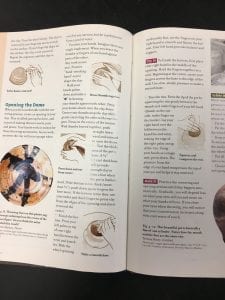
From picture 3, one can see the hand motions used in the opening the dome. It involves bracing the thumbs together, pressing down and out from the center, making a smooth base, and squeezing and compressing the rim.
This form was found in the “Experience Clay” textbook on pages 90-91.





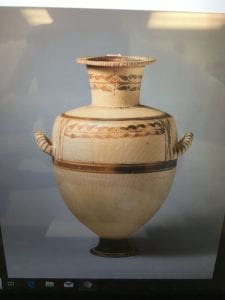

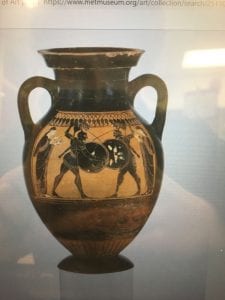
 This was the final form of the couch and the potato.
This was the final form of the couch and the potato.
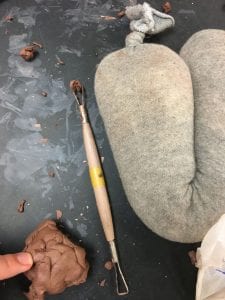
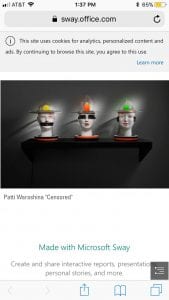




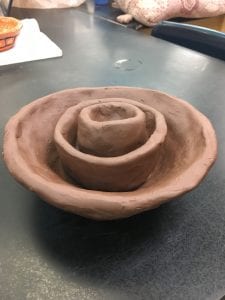



 When a fettling knife is needed, everyone is required to sign in when they are using it, and sign out once the knife is returned.
When a fettling knife is needed, everyone is required to sign in when they are using it, and sign out once the knife is returned. The basic tools are kept in the plastic bin so they are preserve and protected for other people.
The basic tools are kept in the plastic bin so they are preserve and protected for other people. All the basic tools such as the loop tool, the modeling too, the serrated scrapers, and the rubber rib are kept in a bin before placed in the plastic bin.
All the basic tools such as the loop tool, the modeling too, the serrated scrapers, and the rubber rib are kept in a bin before placed in the plastic bin.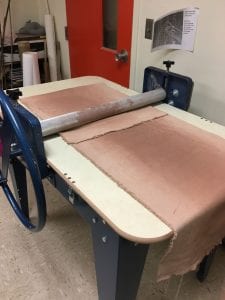 After wedging and flattening the clay at the back table, the clay was then rolled through the slab roller, which caused the clay to be flat enough to cut out the templates.
After wedging and flattening the clay at the back table, the clay was then rolled through the slab roller, which caused the clay to be flat enough to cut out the templates.

